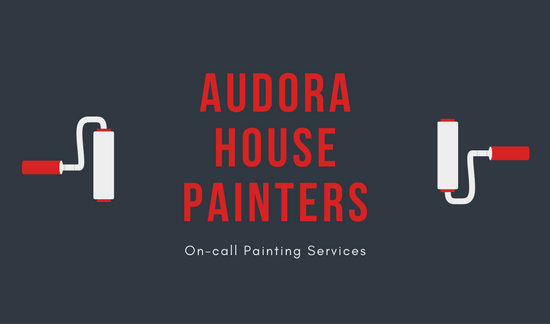The Duty Of Weather In Commercial Outside Paint: What You Need To Know
The Duty Of Weather In Commercial Outside Paint: What You Need To Know
Blog Article
Produced By-Welsh Kidd
When you're intending an industrial outside paint task, do not ignore the impact of weather condition on your results. You need to take into consideration elements like temperature level, moisture, and precipitation, as they can make or damage your paint task. For instance, did you understand that suitable conditions call for certain temperature level varieties and moisture levels? Falling short to check these aspects can result in uneven surfaces or perhaps damage to fresh paint. Recognizing these components is crucial to accomplishing a resilient, expert result. So, what particular weather conditions should you watch out for?
Temperature Considerations
When it concerns commercial external paint, temperature level plays a vital role in the result of your task. If you're repainting in severe warmth, the paint can dry out as well rapidly, leading to issues like poor adhesion and irregular surfaces. You intend to go for temperature levels between 50 ° F and 85 ° F for the best results. Below 50 ° F, paint may not cure correctly, while above 85 ° F, you take the chance of blistering and breaking.
Timing your project with the right temperature levels is important. Begin your job early in the morning or later in the mid-day when it's cooler, specifically during hot months.
Additionally, think about the surface area temperature level; it can be substantially greater than the air temperature level, specifically on warm days. Make use of a surface thermostat to inspect this prior to you start.
If just click the up coming page are uncertain, watch on the weather forecast. Sudden temperature level declines or heat waves can thwart your strategies. You do not want to start painting just to have the conditions transform mid-project.
Moisture Degrees
Humidity levels dramatically affect the success of your commercial external paint task. When the moisture is too expensive, it can prevent paint drying out and treating, leading to a range of concerns like poor bond and complete quality.
If you're preparing a job throughout wet conditions, you may locate that the paint takes longer to dry, which can expand your job timeline and increase expenses.
Conversely, low humidity can likewise position obstacles. Paint may dry as well quickly, protecting against correct application and causing an irregular surface.
You'll want to check the moisture degrees very closely to ensure you're functioning within the ideal range, usually between 40% and 70%.
To get the most effective outcomes, consider utilizing a hygrometer to determine humidity before beginning your project.
If you discover the levels are outside the optimal array, you may require to change your routine or select paints designed for variable problems.
Constantly speak with the manufacturer's guidelines for specific recommendations on humidity tolerance.
Rainfall Effect
Rainfall or snow can considerably interrupt your commercial external painting plans. When rainfall takes place, it can wash away newly applied paint or develop an uneven surface. Preferably, you wish to select days with dry weather condition to guarantee the paint sticks correctly and cures effectively. If you're caught in a rain shower, it's ideal to stop the task and await problems to improve.
Furthermore, snow can be even more destructive. Not only does it develop a wet surface area, but it can additionally lower temperatures, making it tough for paint to dry. This can bring about issues like peeling off or blistering down the line.
Recommended Webpage to inspect the weather report prior to starting your task. If rainfall or snow is predicted, consider rescheduling.
Constantly keep in mind to permit adequate drying time in between layers, particularly if the weather remains unforeseeable.
Conclusion
In conclusion, keeping an eye on the weather is essential for an effective commercial outside painting project. By checking temperature, humidity, and rainfall, you can make certain the very best problems for application and healing. Keep in mind to prepare your job around favorable climate and constantly adhere to producer standards. With the best technique, you'll accomplish a resilient, stunning surface that can withstand the elements. Do not let the climate catch you off-guard-- remain informed and paint smart!
